Home>Garden Essentials>When To Plant Onion Seed
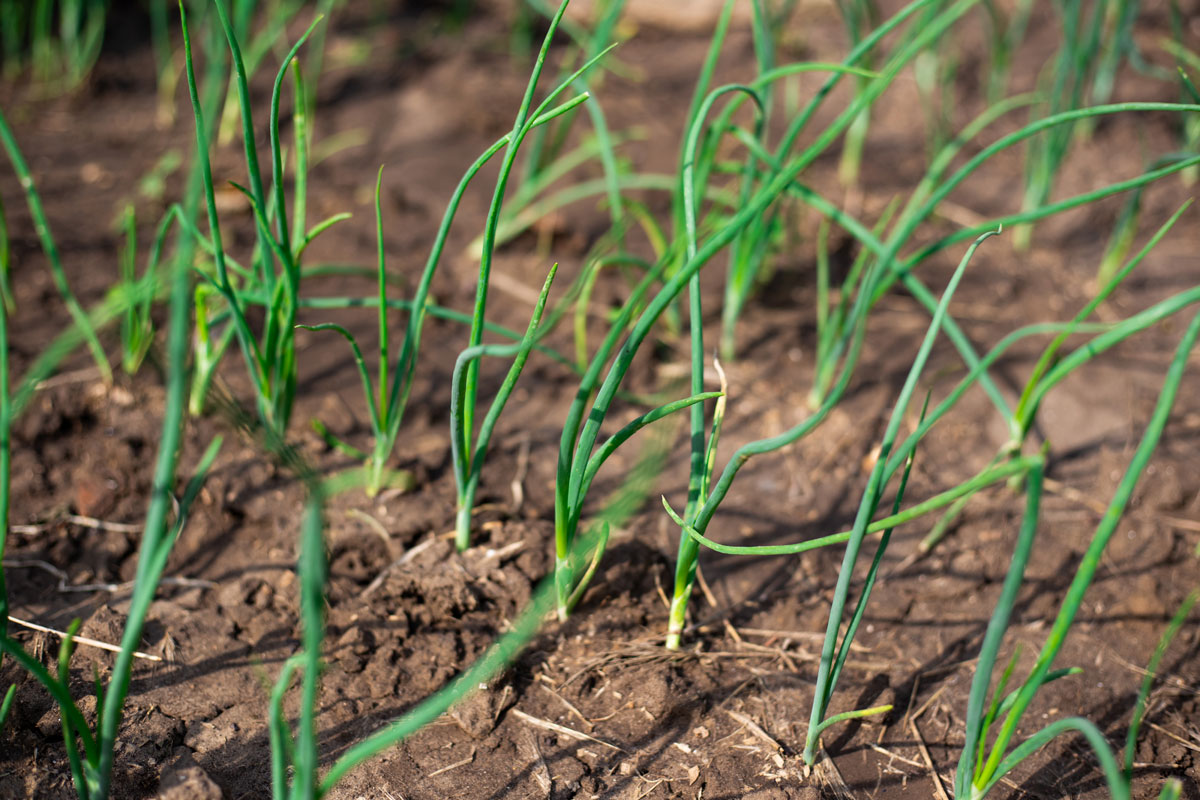

Garden Essentials
When To Plant Onion Seed
Modified: March 16, 2024
Find out the ideal time to plant onion seeds in your garden. Discover essential tips for a successful onion crop.
(Many of the links in this article redirect to a specific reviewed product. Your purchase of these products through affiliate links helps to generate commission for Storables.com, at no extra cost. Learn more)
Introduction
Welcome to the world of gardening, where the beauty of nature meets the joy of nurturing plants and watching them grow. One plant that has found its way into many gardens is the humble onion. Whether you love the distinct flavor it adds to your culinary creations or simply enjoy the sight of its lush green foliage, growing onions can be a rewarding experience.
Before you embark on your onion-growing journey, it’s important to understand when to plant onion seeds. Timing is crucial when it comes to achieving successful germination and healthy plant growth. In this article, we will delve into the various factors to consider and provide you with a comprehensive guide on when to plant onion seeds.
Key Takeaways:
- Timing is crucial when planting onion seeds. Consider climate, variety, and day length for optimal growth. Aim for soil temperatures between 50°F and 70°F for successful germination.
- Whether planting indoors or outdoors, provide proper soil moisture, pH, and fertility. Follow specific timelines for spring, fall, or overwinter planting. Enjoy the rewarding experience of growing onions from seeds!
Read more: When To Plant Green Onion Seeds
Factors to Consider
When determining the ideal time to plant onion seeds, there are several factors that should be taken into consideration:
- Climate: Onions are adaptable and can be grown in a variety of climates. However, they have specific temperature and day length requirements for optimal growth. Understanding your local climate, including average temperatures and frost dates, is crucial in determining the suitable planting window.
- Variety: Different onion varieties have different growing requirements, including the length of their growth cycle. Some varieties are better suited for cooler climates, while others thrive in warmer regions. Research the specific variety you intend to grow to determine the best planting time.
- Growing Zone: Knowing your USDA hardiness zone can provide valuable insights into the ideal planting time for onions. Each zone has its own unique climate characteristics, which can influence the planting schedule.
- Day Length: Onions are classified as either short-day, intermediate-day, or long-day varieties. The day length requirement for each type varies. Short-day onions require 10-12 hours of daylight to form bulbs, while intermediate-day onions need 12-14 hours, and long-day onions require 14-16 hours. Understanding the day length requirements of the variety you are planting is vital for successful bulb formation.
- Harvest Time: Consider the desired harvest time for your onions. If you want early summer onions, you will need to plant early enough in the season to allow for bulb development. On the other hand, if you prefer to harvest onions in the fall, you will need to adjust your planting schedule accordingly.
By carefully considering these factors, you can determine the most suitable time to plant your onion seeds and maximize the chances of a bountiful harvest.
Soil Temperature Requirements
The soil temperature is a critical factor in determining the optimal time to plant onion seeds. Onions prefer cool soil temperatures for proper germination and root development. The ideal soil temperature range for planting onion seeds is between 50°F (10°C) and 70°F (21°C). Here are some key considerations related to soil temperature:
- Spring Planting: If you’re planning to start your onion seeds in the spring, it’s essential to wait until the soil temperature has reached a consistent 50°F (10°C) or higher. Planting too early when the soil is cold and damp can lead to poor germination and weak root establishment.
- Fall Planting: For fall planting, it’s important to keep in mind that onions grow best when they have an extended period of cool weather for bulb development. The soil temperature should be around 50°F (10°C) when planting in the fall.
- Soil Moisture: In addition to temperature, soil moisture is also crucial for successful seed germination. The soil should be moist but not waterlogged. Proper drainage is essential to prevent rotting of onion seeds and young seedlings.
- Soil pH and Fertility: Onions prefer slightly acidic to neutral soil with a pH range of 6.0 to 7.0. Test your soil’s pH and amend it if necessary to create the ideal growing conditions for your onions. Additionally, enriching the soil with organic matter and balanced fertilizer before planting can provide the necessary nutrients for healthy onion growth.
By ensuring the proper soil temperature and quality, you can provide the best growing conditions for your onion seeds, setting them up for success.
Timing for Planting Onion Seeds
The timing for planting onion seeds can vary depending on the climate, variety, and desired harvest time. Here are some general guidelines to help you determine the optimal timing for planting:
- Spring Planting: In regions with cold winters, spring is typically the best time to plant onion seeds. As soon as the soil temperature reaches a consistent 50°F (10°C), you can sow your seeds. This timing allows the onions to establish before the summer heat arrives. Aim to plant around 4-6 weeks before the last expected frost date.
- Fall Planting: Fall planting is suitable for regions with mild winters and a long growing season. By planting in late summer or early fall, you can take advantage of the cooler weather and longer growing period. Plan to plant at least 10-12 weeks before the first expected frost date to give the onions sufficient time to mature.
- Overwintering Onions: Some gardeners prefer to overwinter onion sets or transplants for an early spring harvest. If you live in a region with mild winters, you can plant onion sets or transplants in late fall or early winter to allow them to establish roots before going dormant. These onions will resume growth in the spring, providing an early harvest.
Keep in mind that specific onion varieties may have their own recommended planting times. Always refer to the seed packet or consult reliable gardening resources for accurate information on timing based on the variety you are growing.
By aligning your onion planting with the appropriate season and considering your local climate, you can optimize the growing conditions for successful onion cultivation.
Plant onion seeds in early spring, as soon as the soil can be worked. Onions prefer cool weather to establish strong roots before the heat of summer.
Planting Onion Seeds Indoors
Starting onion seeds indoors can be a great way to get a jumpstart on the growing season, especially in regions with shorter growing seasons. Here’s a step-by-step guide on how to plant onion seeds indoors:
- Select the Onion Variety: Choose an onion variety that is suitable for indoor cultivation. Look for varieties that have a shorter growing cycle and are well-suited for container gardening.
- Prepare the Containers: Use seed trays or small pots with drainage holes. Fill the containers with a well-draining seed starting mix or a mixture of potting soil and vermiculite.
- Sow the Seeds: Sow the onion seeds about ¼ inch deep in the soil. Space the seeds evenly, leaving about 1 inch of space between each seed. Cover the seeds lightly with soil and gently firm the soil surface.
- Provide Optimal Conditions: Place the containers in a warm location with plenty of light. Onions require at least 12-14 hours of bright light per day to grow strong and healthy. Consider using supplemental grow lights if natural light is limited.
- Keep the Soil Moist: Water the seeds gently to keep the soil consistently moist but not waterlogged. Avoid overwatering, as it can lead to seed rot or fungal diseases. Use a misting spray bottle or a watering can with a fine nozzle to water gently.
- Transplanting Seedlings: After the seedlings have grown to a height of about 4-6 inches and have developed a few sets of leaves, they are ready to be transplanted outdoors. Harden off the seedlings by gradually exposing them to outdoor conditions for a week before transplanting.
By starting onion seeds indoors, you can control the growing conditions and ensure a healthy start for your plants. Remember to provide adequate light, moisture, and care to help your onion seedlings thrive.
Read more: When Should I Plant Onion Seeds
Planting Onion Seeds Outdoors
If you prefer to sow onion seeds directly into the garden bed, here are the steps to follow for successful outdoor planting:
- Select the Planting Location: Choose a sunny spot in your garden with well-draining soil. Onions prefer loose, fertile soil with a pH level between 6.0 and 7.0. Avoid areas with standing water or heavy clay soil.
- Prepare the Soil: Remove any weeds or debris from the planting area and loosen the soil using a garden fork or tiller. Incorporate organic matter such as compost or well-rotted manure to improve soil fertility, drainage, and moisture retention.
- Sow the Seeds: Plant the onion seeds approximately ½ inch deep into the soil, spacing them about 1-2 inches apart. If you prefer larger bulbs, you can space them further apart. Cover the seeds with soil and gently pat down the surface.
- Water the Seeds: After sowing the seeds, water the bed gently to provide moisture for germination. Keep the soil consistently moist but not overly saturated. Use a fine misting nozzle on your watering can or a gentle spray from a hose to avoid disturbing the seeds.
- Thin out Seedlings: Once the seedlings have emerged and are a few inches tall, thin them out to ensure proper spacing. Thin the seedlings to 4-6 inches apart to give the growing onions room to develop strong bulbs.
- Provide Care and Maintenance: Keep the onion bed well-weeded to minimize competition for nutrients and water. Regularly water the onions during dry periods, aiming for about one inch of water per week. Apply a balanced fertilizer according to package instructions to promote healthy growth.
Planting onion seeds directly in the garden bed offers the advantage of avoiding transplant shock and promoting strong root development. With proper care and maintenance, your outdoor-sown onion seeds will grow into flavorful bulbs ready for harvest.
Conclusion
Growing onions from seeds can be a rewarding experience, whether you’re an experienced gardener or just starting out. Understanding when to plant onion seeds is crucial for successful germination and healthy plant growth. By considering factors such as climate, variety, day length, and harvest time, you can determine the ideal planting window for your onions.
When it comes to soil temperature requirements, it’s important to wait until the soil has reached a consistent 50°F (10°C) or higher before planting onion seeds. Providing the proper soil moisture, pH, and fertility are also essential for successful seed germination and overall plant health.
The timing for planting onion seeds can vary depending on the season and your desired harvest time. Spring and fall are common planting seasons, but you can also overwinter onion sets for early spring harvest. Adhering to the specific timelines for your onion variety will help ensure optimal growth and development.
If you choose to start onion seeds indoors, provide them with ample light, moisture, and care until they are ready for transplanting. Alternatively, you can directly sow onion seeds outdoors, ensuring proper spacing and regular watering.
By carefully considering these factors and following the appropriate planting techniques, you can enjoy a bountiful harvest of homegrown onions. The satisfaction of seeing your onions grow from seeds to flavorful bulbs is truly rewarding. So, roll up your sleeves, grab your gardening tools, and get ready to plant some onion seeds!
Frequently Asked Questions about When To Plant Onion Seed
Was this page helpful?
At Storables.com, we guarantee accurate and reliable information. Our content, validated by Expert Board Contributors, is crafted following stringent Editorial Policies. We're committed to providing you with well-researched, expert-backed insights for all your informational needs.
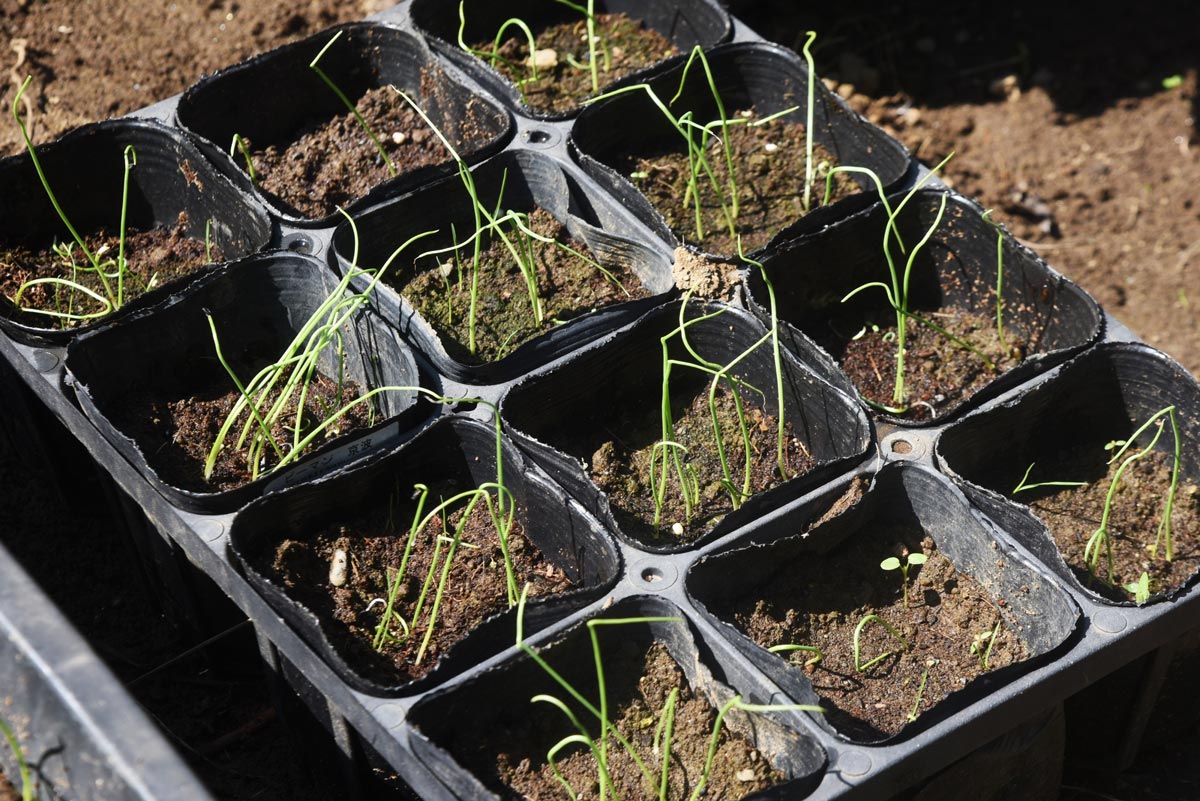
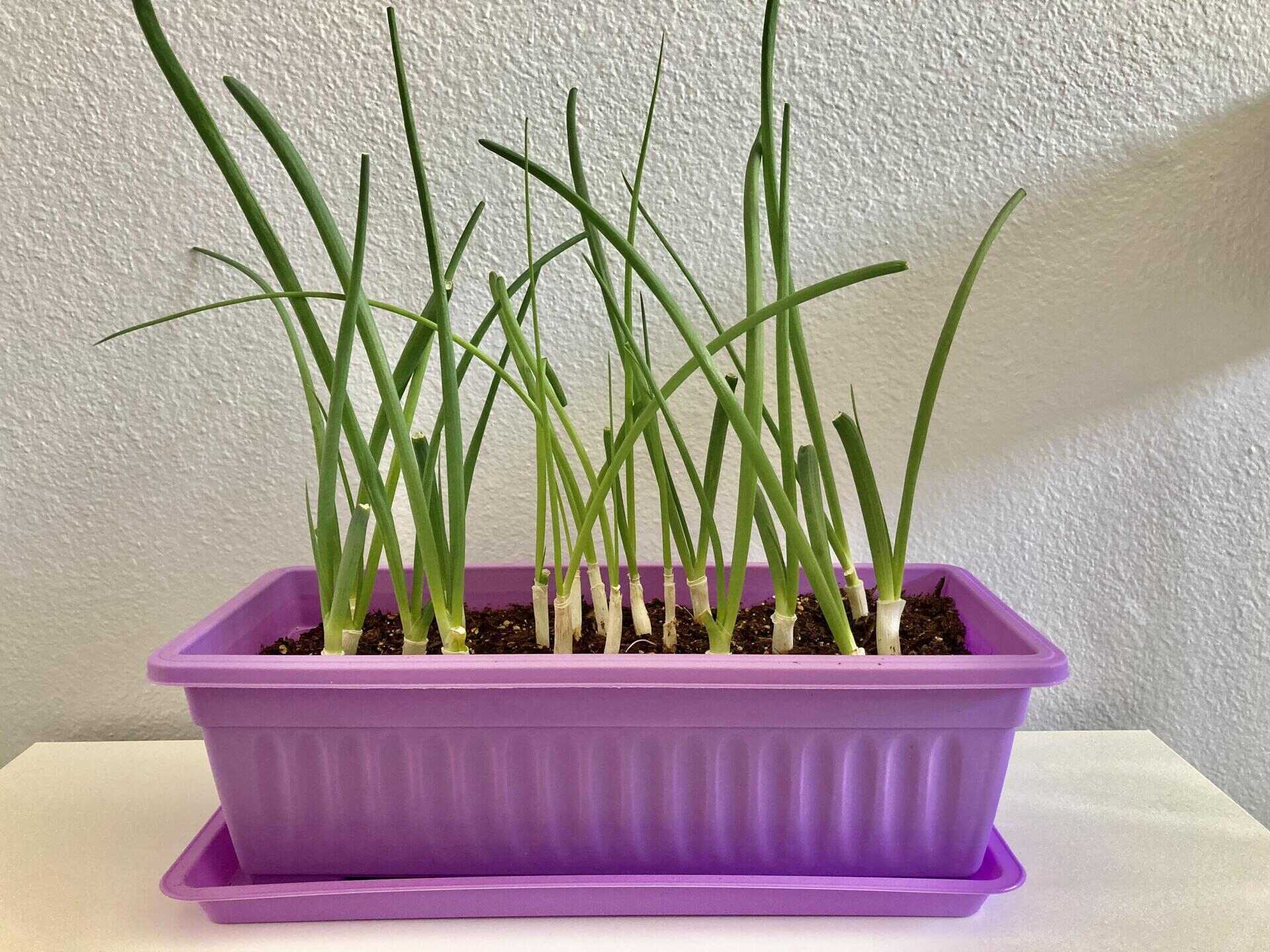










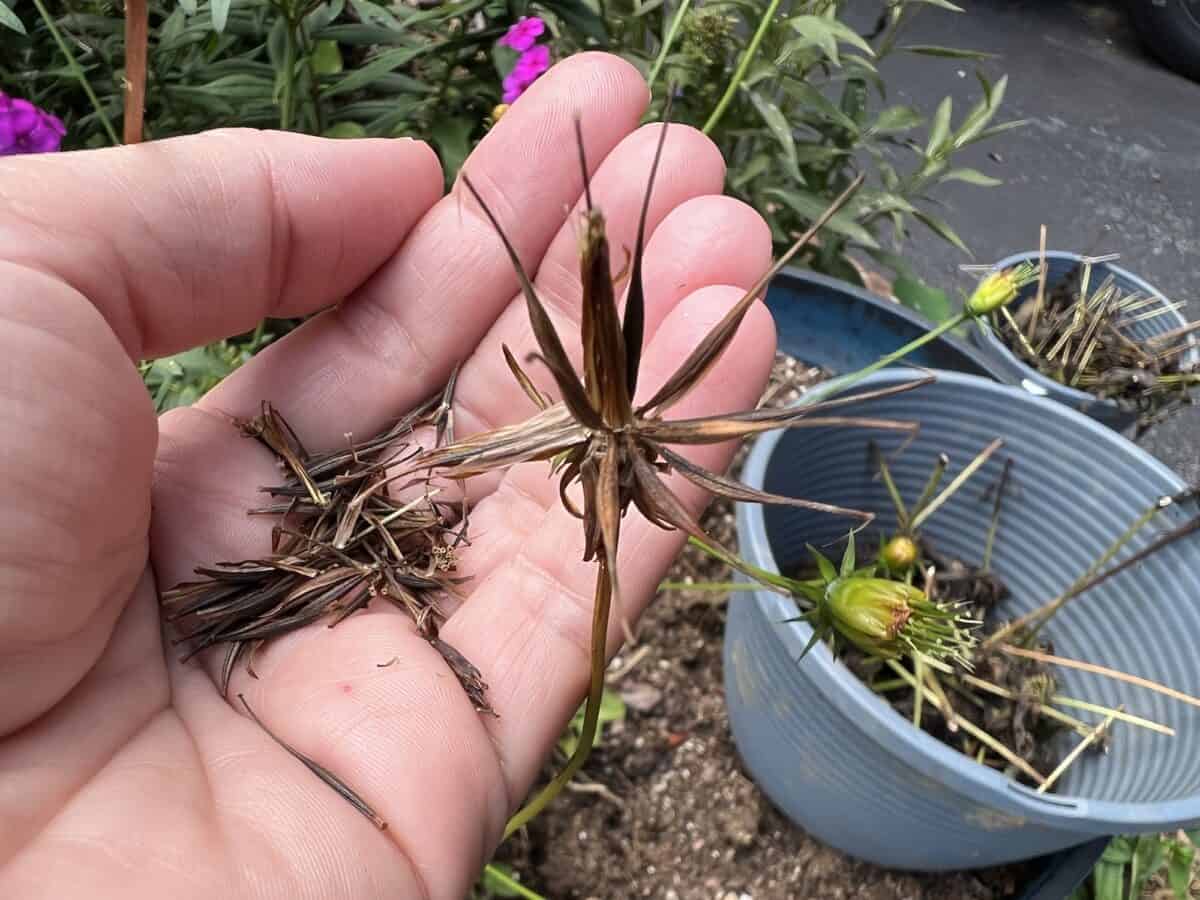
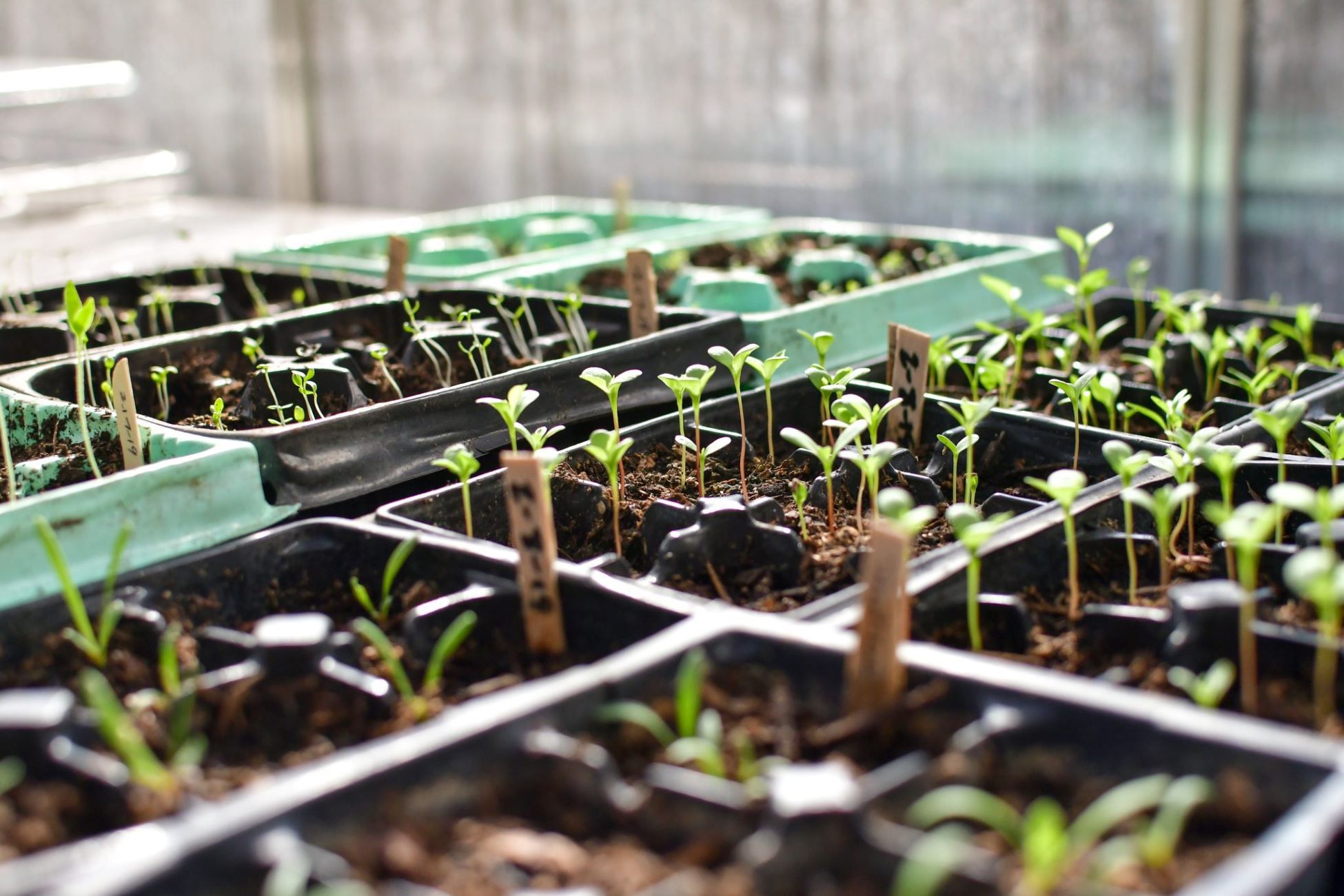

0 thoughts on “When To Plant Onion Seed”